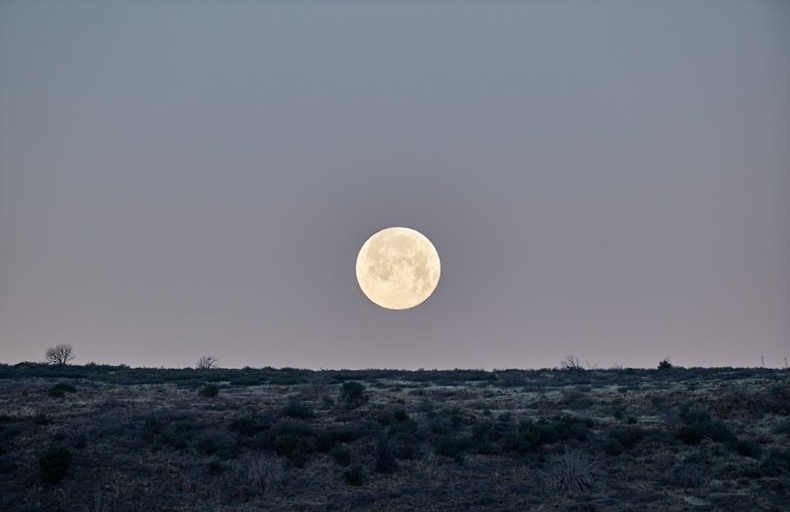
Jeongwol Daeboreum is one of Korea's traditional holidays, falling on the 15th day of the lunar calendar's first month, which is the day when the brightest full moon rises. It carries the meaning of welcoming the new year under the light of the full moon and making wishes for desired outcomes.
Jeongwol Daeboreum is rooted in ancient society's astronomical knowledge and agricultural culture. It signifies the end of winter, the beginning of the new year, and the wishes for health and abundance, aiming to dispel evil spirits.
It served as a platform for communication, where people gathered to inquire about each other's well-being, share food, and wish for blessings in the coming year. Various folk games and food cultures accompanied Jeongwol Daeboreum, including tug-of-war, sheaf burning, kite flying, jwibullori, eating five-grain rice, and making lucky bags.
Tug-of-war is one of the most common traditional games. It involves pulling a long straw rope made from jute fiber, divided into two teams, with the aim of pulling it towards one's side, symbolizing the village's fortune and abundance.
Sheaf burning involves collecting and burning materials such as pine branches until the moon rises, often accompanied by lively dances around the fire. Since the full moon symbolizes abundance and fire symbolizes purification, it expresses the hope for a prosperous and worry-free new year.
Kite flying is a game where kites are flown into the sky, mainly from high hills and fields. Kite flying usually reaches its peak a few days before Jeongwol Daeboreum. By carving the word "fortune" on the kite and flying it, it symbolizes sending all the bad luck of the year away into the sky.
Jwibullori is a game where people make straw dolls in the shape of mice and burn them. This game symbolizes driving away mice, believed to bring harm to crops, and protecting the harvest.
The food eaten on Jeongwol Daeboreum symbolizes wishes for prosperity and health in the coming year. Five-grain rice is made with five types of grains: rice, barley, millet, beans, and sorghum. It symbolizes the hope for a prosperous and healthy year, receiving the blessings of the five grains.
(한국어 번역)
한국다문화뉴스 = 심민정 기자ㅣ정월대보름은 한국의 전통 명절 중 하나로 음력 1월 15일에 해당하며, 이날은 한 해 중 가장 밝은 보름달이 뜨는 날이다. 보름달의 빛을 받으며 새해를 맞이하고, 원하는 것들을 소망하는 의미가 담겨 있다.
정월대보름은 고대 사회의 천문학적 지식과 농업 문화에 근간을 두고 있다. 겨울철을 지나 새해 시작을 알리고 건강과 풍년을 기원하며 나쁜 기운을 쫓아내려는 취지에서 정월대보름의 유래를 찾을 수 있다.
사람들이 모여 서로의 안부를 묻고, 음식을 나눠 먹으며 한 해의 복을 기원하는 소통의 장으로도 기능했다. 또 줄다리기, 달집태우기, 연날리기, 쥐불놀이, 오곡밥먹기, 복주머니 만들기 등 다양한 민속놀이와 음식 문화와 함께했다.
줄다리기는 가장 흔하게 하는 전통놀이 중의 하나이다. 짚으로 만든 동아줄을 길게 늘어뜨려 두 편으로 나누어 자기 쪽으로 끌어당기면 이기는 놀이로 마을의 행운과 풍요를 기원하는 풍습이 담겨있다.
달집태우기는 달이 떠오를 때까지 생솔가지 등 불로 태울 것을 모아 불을 태우며 노는 풍속이다. 꽃이 피어오르면 신나게 놀면서 주위를 돌고 놀기도 했다. 보름달은 풍요의 상징이고 불은 정화의 상징이기 때문에 풍요롭고 질병과 근심이 없는 새해를 맞이한다는 것을 표현한 것이기도 하다.
연날리기는 연을 하늘로 띄워 노는 놀이로 주로 높은 언덕과 동산에서 많이 날린다. 보통 연날리기는 정월대보름 며칠 전 성황을 이룬다. 연에 '액'을 새겨서 '액연을 띄운다'라고 표현하며, 한 해의 모든 액을 하늘로 날려버리는 의미를 갖기도 한다.
쥐불놀이는 쥐가 농작물의 해를 끼친다고 여겼던 옛날 사람들이 쥐의 형상을 한 짚 인형을 만들어 태우는 놀이로, 쥐를 물리치고 농작물을 보호하기 위한 의미가 있다.
정월대보름에 먹는 음식은 한 해의 풍요와 건강을 기원하는 의미로 먹는 음식이다. 오곡밥은 쌀, 보리, 조, 콩, 기장 등 5가지 곡식으로 지은 밥으로, 다섯 가지의 곡식의 덕을 받아 한 해가 풍요롭고 건강하길 기원하는 의미가 있다.





















